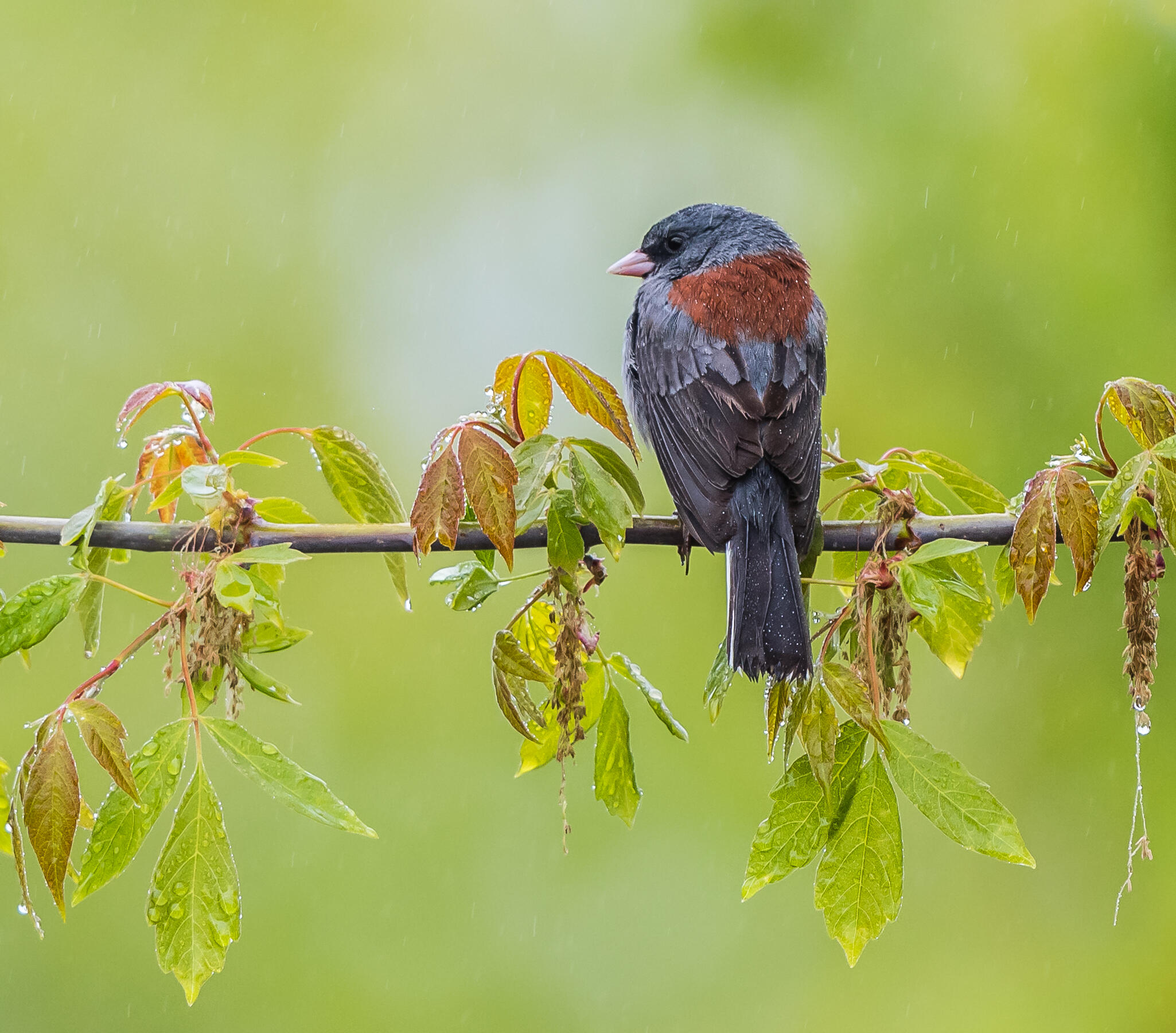As the signs of winter begin to fade in Cedar Hill and our staff gazes out at the reclaimed prairie at Dogwood Canyon Audubon Center, we can still see a lumpy carpet of brown. The prairie grasses and wildflowers are at rest, building energy underground in their roots, preparing for robust growth come spring. Within all the gold, bronze, and amber, there is movement; movement of juncos and sparrows scurrying for cover in the bunch grasses and finches flitting from plant to plant, picking the seeds from last season's flowers. Even the leafless sycamore trees have enticing seedballs dangling to the delight of goldfinches as they pluck the seeds out, separating the fluff and sending it airborne.
I marvel at the plant diversity of our small prairie and am motivated to bring that diversity home to my own gardens. Each year, my lawn gets smaller and my garden beds get bigger. It’s not as daunting as it may seem to turn our yards into an oasis for birds and other wildlife. And by other wildlife, I mean the lizards, skinks, and insects, including pollinators, caterpillars, and ground dwellers. In addition to seeds, these scrumptious living morsels that are attracted to native plants are the backbone of many bird diets, especially caterpillars for nestlings (Did you know it can take 6000-9000 to raise a single clutch?!). The simplest way to convert a yard to native plants is to start small. Each season, as I bring in more plants, I expand my garden edges a bit more. With more plant species, I see an increase in native bee and butterfly populations. Native bees are often much better at pollinating our native flowers. They are also solitary creatures that do not form hives. I add more tube-like flowers to bring in more hummingbirds. They usually prefer my flowers over my hummingbird feeder, which I have refresh every few days, while the flowers take care of themselves.
Prairies and other habitats usually can take care of themselves as well. However, those natural spaces and plant diversity are shrinking as our urban spaces are growing. At Audubon, we know where birds thrive, people prosper. That’s where Audubon’s Bird-Friendly Communities program comes into play. At Dogwood Canyon, we focus on the Plants for Birds component of the program, recognizing that we can form a network of attractive habitat within our neighborhoods and our green spaces by adding native plants. Cities like Cedar Hill, who has committed to retaining at least 25% of their land mass as open space and was recently recognized as a Bird City Texas designee, are places of opportunity to reclaim plant diversity, keeping natural areas intact within our urban areas.
Like many Audubon Centers across the country, at Dogwood Canyon we have native plant walks, demonstrations gardens, and host native plant sales in the spring and fall to encourage increasing plant diversity at home. We easily sell over 1,100 native plants, enhancing and diversifying our urban spaces and hopefully, growing habitat for birds and other wildlife. I know that’s what I will be doing when our spring plant sale rolls around; one can never have enough plants!
How you can help, right now
Join Audubon Texas Today
Becoming a member supports our local work protecting birds and the places they need.
Consider a Legacy Gift for Texas
Planned gifts and bequests allow you to provide a lasting form of support to Audubon Texas.
Subscribe to Our Newsletter
Subscribe to our newsletter for updates about Audubon Texas's conservation work, and news about our activities and local events.




